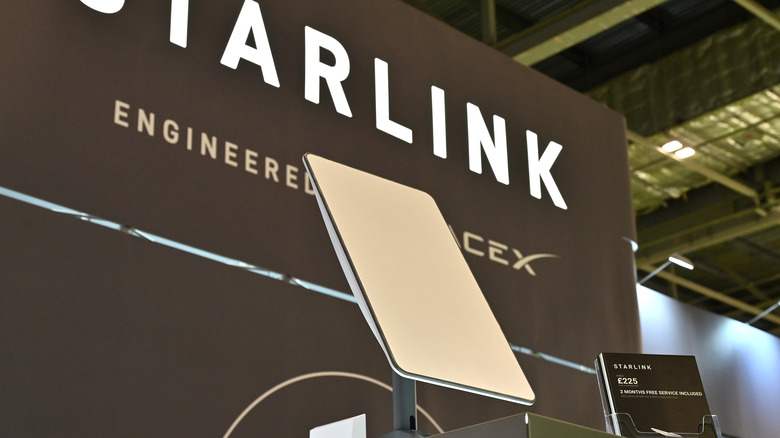It’s been six years since BMW covered a new X6 in Vantablack as a one-off experiment. The crossover was difficult to see as the coating absorbed nearly all the light that hit the bodywork, but it was also hard to see a practical purpose of such a material. Surrey NanoSystems, Vantablack’s creator, announced last week that it is attempting to tackle the reflectivity of satellites that threatens ground-based astronomical research. If the exponentially growing satellite constellations are blinding telescopes, why not slather them in an absurdly effective light-absorbing coating?
Surrey NanoSystems has partnered with the University of Surrey to trial the concept on an actual satellite. The company will coat one side of the shoebox-sized Jovian 1 CubeSat in Vantablack 310, a new proprietary blend of the coating that can actually be handled by customers. According to Space.com, Vantablack 310 only reflects 2% of light across the entire visible and near-infrared spectrum. It’s only a minimal diminishment in performance because the original coating reflected less than 0.1% of light. However, the new coating needed to be durable enough to be handled by the engineers working on the student-built satellite and survive in space.
Vantablack 310 would only solve one form of satellite pollution
Starlink has been an issue for astronomers since SpaceX began launching the internet service’s satellites into orbit in 2019. Now, there are over 7,500 Starlink satellites in low Earth orbit, but their orbit is so low that they reflect the light from the Sun and appear as streaks in observatory images. SpaceX hopes to expand the constellation up to 42,000 satellites, which would make the light pollution even worse. Dr. Keiran Clifford, a Surrey Nanosystem project lead, said in a statement:
“The proliferation of satellite constellations is expected to bring huge societal benefit in technology areas including global communication and remote sensing. Unfortunately, the current brightness of these satellites severely disrupts ground-based astronomy.”
Vantablack 310 completely ending light pollution from satellites would be a good thing, but it isn’t the only form of pollution caused by Starlink satellites. The Netherlands Institute for Radio Astronomy stated last year that these satellites emit radiation that interferes with radio telescopes. Also, Starlink’s orbiting devices are eroding a hole in the ozone layer when they burn up in the atmosphere at the end of their service life. It’s a good thing that we’re trying to make these mega-constellations more sustainable, but we’re still a long way from an ideal situation.




